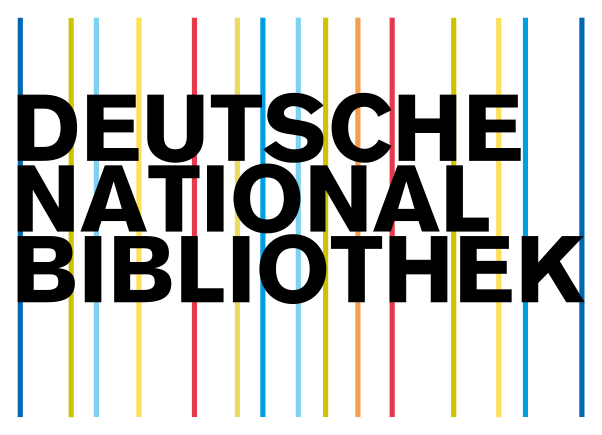CNN model for Depression Detection using JAFFE Dataset
DOI:
https://doi.org/10.5281/zenodo.4247798Keywords:
Convolutional Neural Networks, Depression, Local Binary Pattern, Accuracy, JAFFE datasetAbstract
Depression is one of the serious mental illnesses and a difficult illness to detect, due to it showing different symptoms in different individuals. It also becomes difficult to treat patients due to them not seeking help because of mental well-being given a backseat in the overall health of an individual, and the stigma present in the society about seeking help from psychologists. It is also seen that people try to downplay the symptoms when talking to a psychologist. Here, we have designed a CNN model which detects whether a person is depressed or not based on the facial features of the person.
Downloads
References
” Depression”, Who.int, 2020. [Online]. Available: https://www.who.int/health-topics/depressiontab=tab3.
” Depression”, South-East Asia Regional Office, 2020. [Online]. Available: http://origin.searo.who.int/india/topics/depression/aboutdepression/en/.
” Proceedings of the 9th International on Audio/Visual Emotion Challenge and Workshop — ACM Conferences”, Dl.acm.org, 2020. [Online]. Available: https://dl.acm.org/doi/proceedings/10.1145/3347320.
” Wizard of Oz — Usability Body of Knowledge”, Usabilitybok.org, 2020. [Online]. Available: https://www.usabilitybok.org/wizard-of-oz.
Y. Rogers and P. Marshall,” Research in the Wild Synthesis Lectures on Human-Centered Informatics”, Morganclaypool.com, 2017. [Online]. Available: https://www.morganclaypool.com/doi/abs/10.2200/S00764ED1V01Y201703HCI037
Lyons, Michael, Kamachi, Miyuki, and Gyoba, Jiro, “The Japanese Female Facial Expression (JAFFE) Database”. Zenodo, 14-Apr-1998.
G. Zhao and M. Pietikainen,” Dynamic Texture Recognition Using Local Binary Patterns with an Application to Facial Expressions”, IEEE Transactions on Pattern Analysis and Machine Intelligence, vol. 29, no. 6, pp. 915-928, 2007. Available: 10.1109/tpami.2007.1110
I. Goodfellow, Y. Bengio and A. Courville. (2016). Deep Learning. MIT Press [online] Available at: http://www.deeplearningbook.org
A. Rosebrock,” Keras Conv2D and Convolutional Layers - PyImageSearch”, PyImageSearch, 2020. [Online]. Available: https://www.pyimagesearch.com/2018/12/31/keras-conv2d-and-convolutional- layers/.
K. Team,” Keras documentation: Layer activation functions”, Keras.io, 2020. [Online]. Available: https://keras.io/api/layers/activations/.
K. Team,” Keras documentation: Dense layer”, Keras.io, 2020. [Online]. Available: https://keras.io/api/layers/corelayers/dense/.
N. Srivastava, G. Hinton, A. Krizhevsky, I. Sutskever and R. Salakhutdinov,” Dropout: A Simple Way to Prevent Neural Networks from Overfitting”, Journal of Machine Learning Research, vol. 15, pp. 1929-1958, 2014. Available: http://jmlr.org/papers/volume15/srivastava14a/srivastava14a.pdf.
“ Train, Test, Validation Sets explained”, Deeplizard.com, 2018. [Online]. Available: https://deeplizard.com/learn/video/Zi-0rlM4RDs.
D. Godoy,” Understanding binary cross-entropy / log loss: a visual explanation”, Medium, 2018. [Online]. Available: https://towardsdatascience.com/understanding-binary-cross-entropy-log-loss-a-visual-explanation-a3ac6025181a.
Downloads
Published
How to Cite
Issue
Section
URN
License
Copyright (c) 2020 Perspectives in Communication, Embedded-systems and Signal-processing - PiCES/ WorldServe Online

This work is licensed under a Creative Commons Attribution 4.0 International License.






